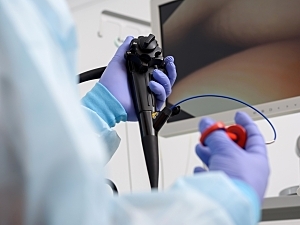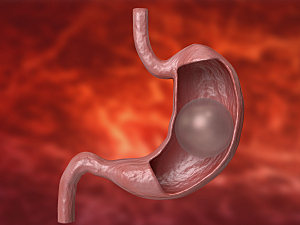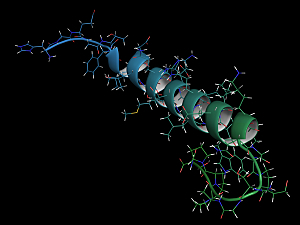Rates of Spinal Symptoms and Spinal Surgery Are Lower After Bariatric Surgery

A study showed patients with a history of bariatric surgery had lower overall complication rates after spinal surgery than morbidly obese patients who did not have bariatric surgery. Now researchers report significant reductions in symptomatic spinal disorders and the need for spinal surgery after bariatric surgery.
Read More...







